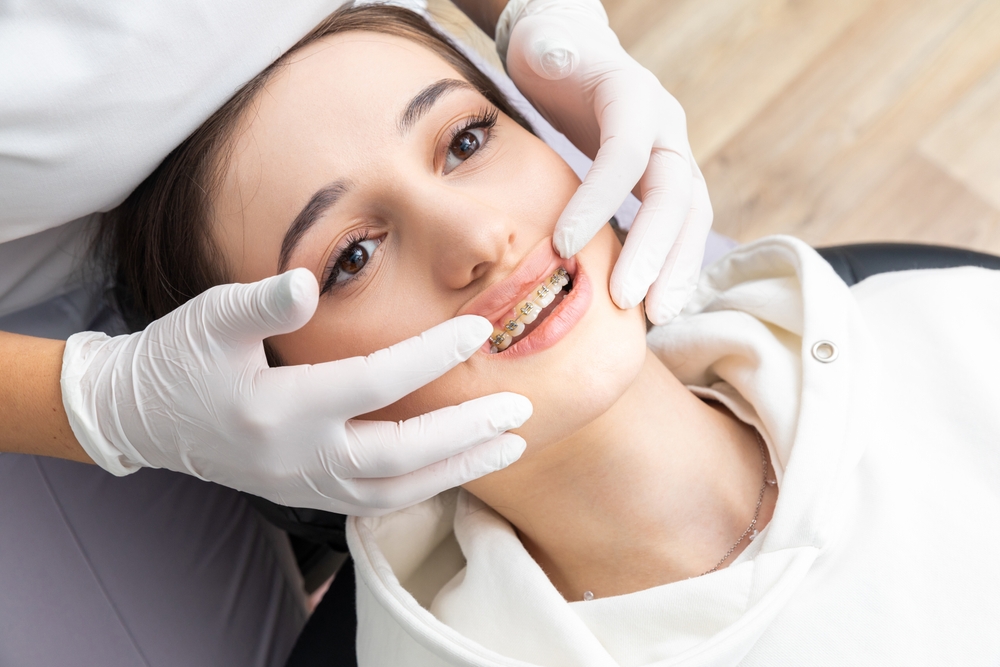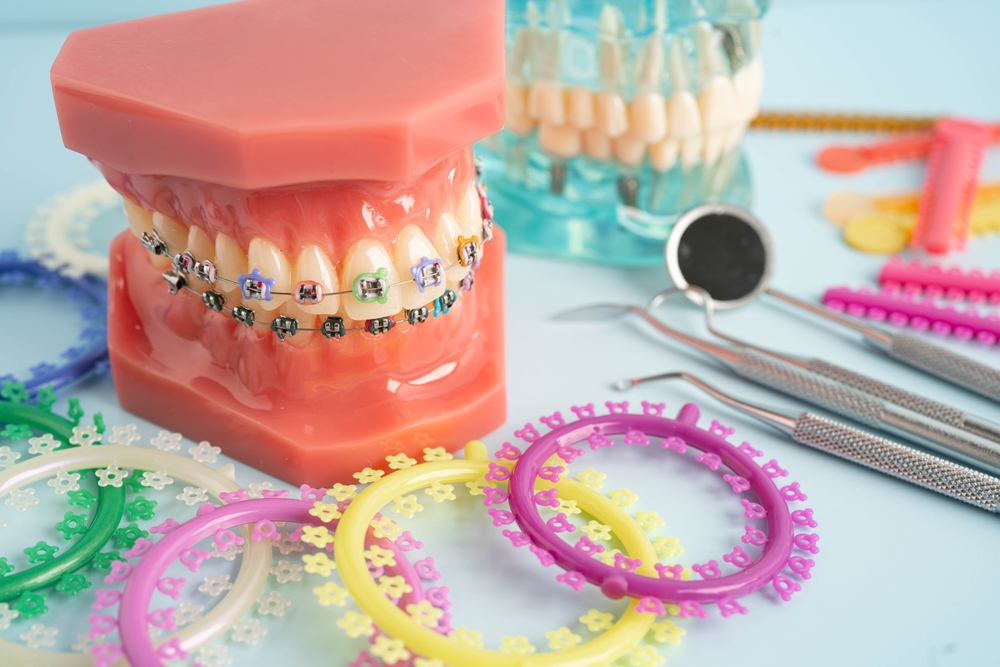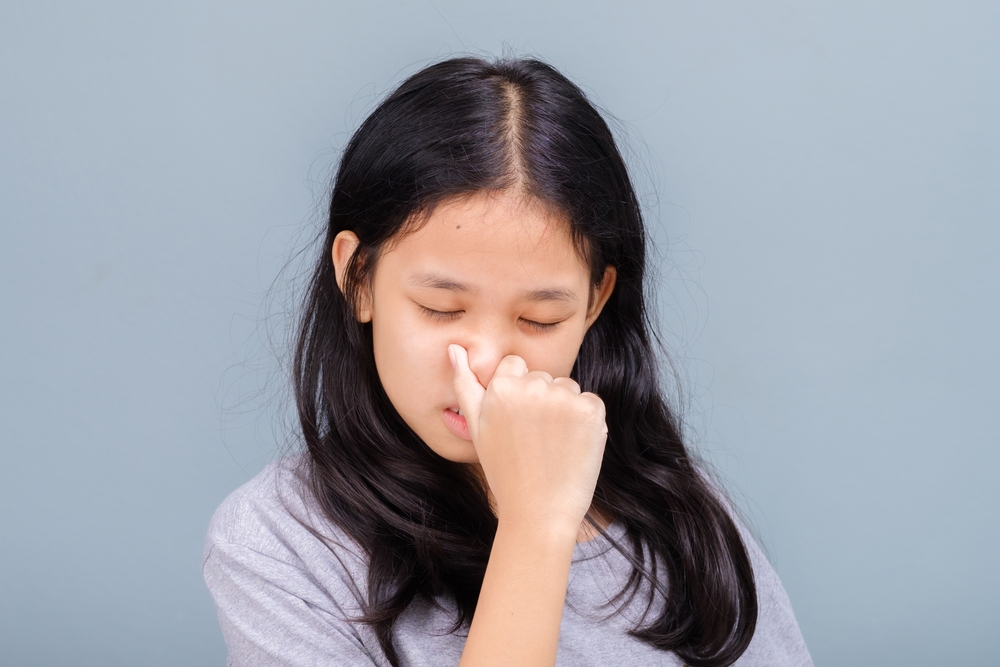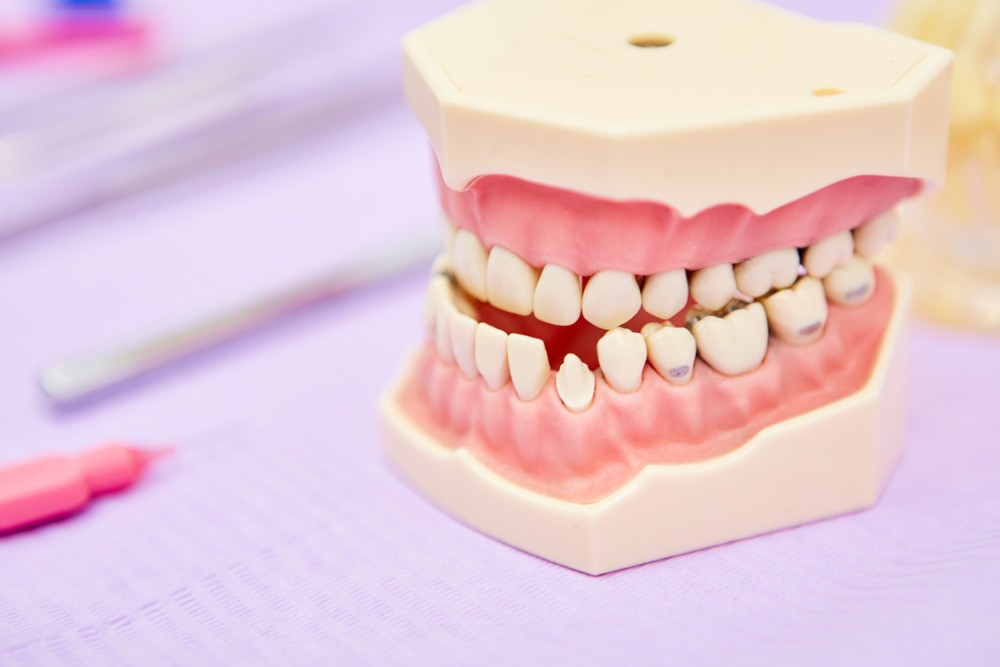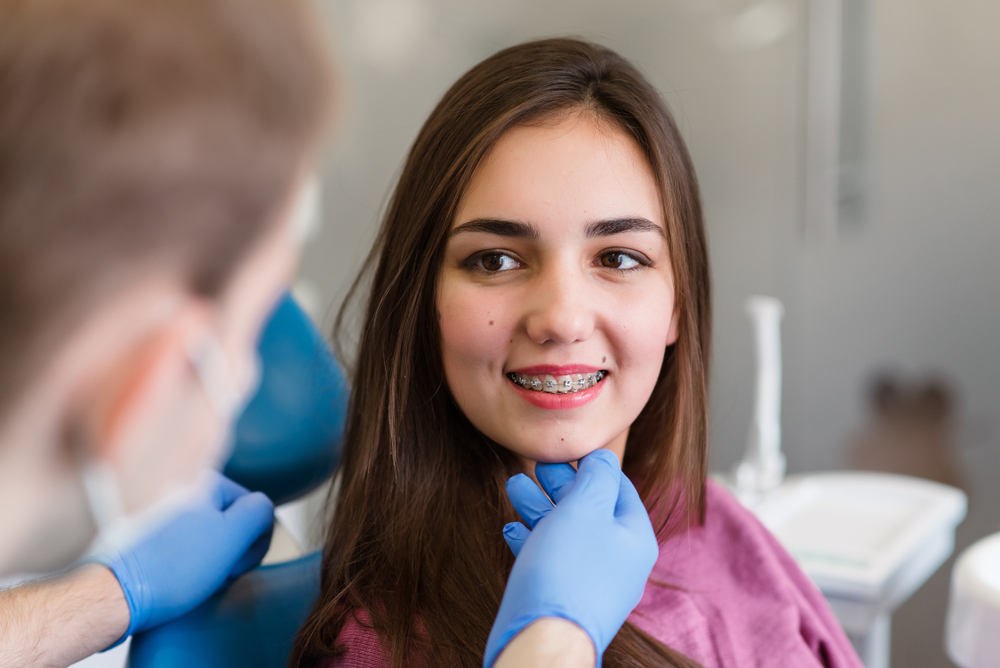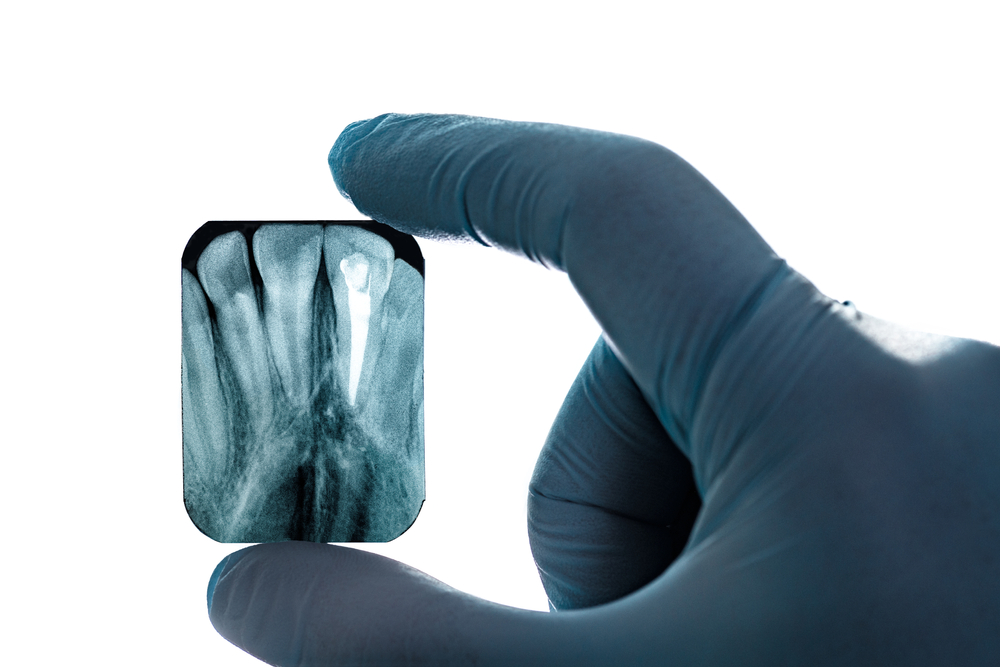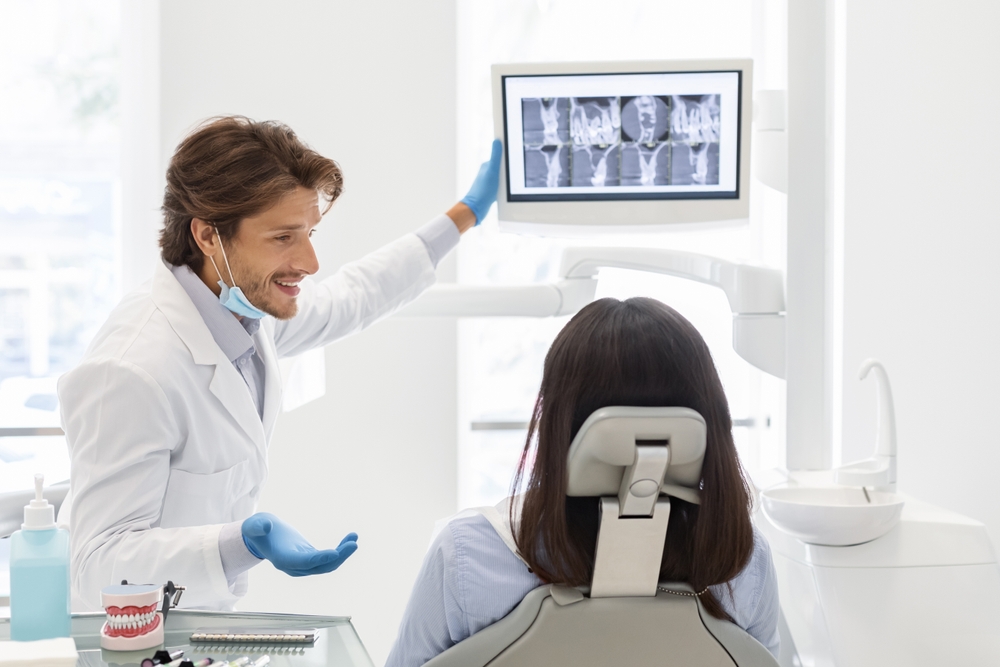Completing orthodontic treatment is a major milestone for many patients. After months, or even years, of braces or clear aligners, the end result is a beautifully straight smile. However, the journey to maintaining that perfect alignment doesn’t stop when the braces come off or the last aligner is removed. Retainers are an essential part of the post-orthodontic process, and at Davis Family Orthodontics, Dr. Laura Davis emphasizes the importance of wearing retainers to maintain long-lasting results.
In this blog, we’ll explore why retainers are so critical after orthodontic treatment, the different types of retainers available, and how to care for them. Patients in Lawrenceville, Morrow, Stone Mountain, and Loganville, GA, will benefit from understanding how to keep their new smile intact.
Why Retainers Are Essential After Orthodontic Treatment
During orthodontic treatment, braces and aligners gradually shift the teeth into their proper positions. Once this process is complete, many patients assume that their teeth will remain in place forever. Unfortunately, without the support of a retainer, teeth have a tendency to shift back to their original positions. This phenomenon is known as “orthodontic relapse,” and it’s one of the main reasons why retainers are so important.
The tissues and bone surrounding the teeth need time to stabilize after the braces are removed. Retainers help hold the teeth in their new positions while the surrounding bone remodels and strengthens to support them. Without this essential step, the teeth may move, undoing all the hard work and time invested during orthodontic treatment.
How Long Should You Wear Retainers?
The length of time you’ll need to wear retainers depends on several factors, including the complexity of your original orthodontic issues and how your body responds to treatment. Dr. Laura Davis typically recommends that patients wear their retainers full-time for the first several months after braces or aligners are removed. After that, most patients transition to wearing their retainers only at night.
In many cases, wearing a retainer may be a lifelong commitment. While this might sound daunting, it’s a small price to pay to keep your smile looking its best. Regular use of a retainer is the best way to prevent orthodontic relapse and ensure that your teeth remain in their corrected positions for years to come.
Types of Retainers
Not all retainers are created equal. Depending on your orthodontic needs and personal preferences, Dr. Laura Davis may recommend one of several types of retainers. Each type has its own benefits and drawbacks, which we’ll outline below.
1. Hawley Retainers
Hawley retainers are one of the most traditional types of retainers and consist of a wire that wraps around the front of the teeth, connected to a plastic or acrylic base that rests against the roof of the mouth or the lower gums. These retainers are removable, making them easy to clean, and they are durable enough to last for many years with proper care.
One of the benefits of Hawley retainers is that they are adjustable. If minor tooth movements occur after treatment, the wire can be altered slightly to improve the fit and alignment. However, some patients find Hawley retainers less comfortable than other options, particularly because the metal wire is visible.
2. Clear Retainers
Clear retainers, also known as Essix retainers, are made of transparent plastic and fit snugly over the teeth, similar to clear aligners. They are nearly invisible when worn, making them a popular option for patients who want a discreet retainer. Clear retainers are also removable, which makes them easy to clean and wear only as directed.
However, clear retainers tend to wear out faster than Hawley retainers and may need to be replaced every few years. Additionally, they can become stained or discolored over time if not properly cared for.
3. Fixed or Bonded Retainers
Fixed retainers, also known as bonded retainers, are a more permanent solution. These retainers consist of a thin wire that is bonded to the back of the teeth, typically on the lower front teeth. Since they are not removable, fixed retainers work continuously to keep the teeth in place.
One of the biggest advantages of fixed retainers is that they are always working, which eliminates the risk of forgetting to wear them. However, cleaning around a fixed retainer can be challenging, and patients must be diligent with their oral hygiene to prevent plaque buildup around the wire.
Benefits of Wearing Retainers
Wearing retainers offers numerous benefits beyond just keeping your teeth straight. Here are some key reasons why retainers are a crucial part of orthodontic aftercare:
1. Prevents Orthodontic Relapse
As mentioned earlier, the primary function of a retainer is to prevent your teeth from shifting back to their original positions. Orthodontic relapse can occur relatively quickly, especially within the first few months after treatment. A retainer ensures that your teeth remain in their new positions while the supporting bone and tissues stabilize.
2. Maintains Bite Alignment
Orthodontic treatment is about more than just straightening teeth; it also improves your bite. Wearing a retainer helps maintain the new bite alignment, preventing issues like teeth grinding or jaw discomfort that can arise from shifting teeth.
3. Supports Long-Term Oral Health
When your teeth are properly aligned, they are easier to clean and maintain. A straight smile allows for more effective brushing and flossing, reducing your risk of developing cavities or gum disease. By wearing a retainer, you’re not only preserving your smile’s appearance but also supporting long-term oral health.
Caring for Your Retainer
Just like braces and aligners, retainers require proper care to ensure they remain effective. Whether you have a removable or fixed retainer, following these care tips will help keep your retainer in good condition:
For Removable Retainers:
- Clean Daily: Use a soft toothbrush and non-abrasive toothpaste to clean your retainer daily. You can also use a mild soap and water solution or specialized retainer cleaners.
- Avoid Heat: Keep your retainer away from hot water, as heat can warp the plastic and affect the fit.
- Store Properly: When not in use, always store your retainer in its case to avoid damage or loss.
- Avoid Harsh Cleaners: Do not use bleach or other harsh chemicals to clean your retainer, as these can degrade the material.
For Fixed Retainers:
- Floss Regularly: Use floss threaders or orthodontic flossers to clean around the wire of your fixed retainer. This helps prevent plaque buildup and keeps your gums healthy.
- Regular Dental Visits: Be sure to visit Dr. Laura Davis and your general dentist regularly to ensure your fixed retainer is in good condition and your oral health is maintained.
Retainer Myths: Separating Fact from Fiction
There are several common myths about retainers that can lead to misunderstandings about their use. Let’s set the record straight:
1. Myth: You Only Need a Retainer for a Year
Fact: While some patients may be able to reduce retainer use after the first year, most will need to wear a retainer, at least at night, for the rest of their lives. Teeth can shift at any age, so continued retainer use is crucial for long-term results.
2. Myth: Clear Retainers Are Weaker than Hawley Retainers
Fact: Clear retainers are effective and provide similar results to Hawley retainers. However, clear retainers may need more frequent replacements due to normal wear and tear.
3. Myth: Fixed Retainers Are Better Because They’re Permanent
Fact: While fixed retainers are convenient because they don’t need to be removed, they require diligent oral hygiene. Patients with fixed retainers need to be extra careful about flossing and cleaning to avoid dental problems.
Long-Term Retainer Use: A Commitment to Your Smile
Wearing a retainer may seem like an inconvenience at first, but it’s a necessary step to protect the investment you’ve made in your orthodontic treatment. At Davis Family Orthodontics, Dr. Laura Davis works closely with patients in Lawrenceville, Morrow, Stone Mountain, and Loganville, GA, to ensure they have the right retainer and understand how to care for it properly.
If you’ve recently completed orthodontic treatment or are nearing the end of your journey, make sure to follow Dr. Davis’s recommendations for retainer use. By wearing your retainer as directed, you’ll enjoy a lifetime of straight, beautiful smiles.
Sources:
- Moyers, R. E. (2017). Handbook of Orthodontics. Elsevier Health Sciences.
- Proffit, W. R., Fields, H. W. (2012). Contemporary Orthodontics. Elsevier Mosby.
- Kuncio, D., et al. (2014). A Long-Term Evaluation of the Effectiveness of Hawley and Clear Thermoplastic Retainers. Angle Orthodontist.


